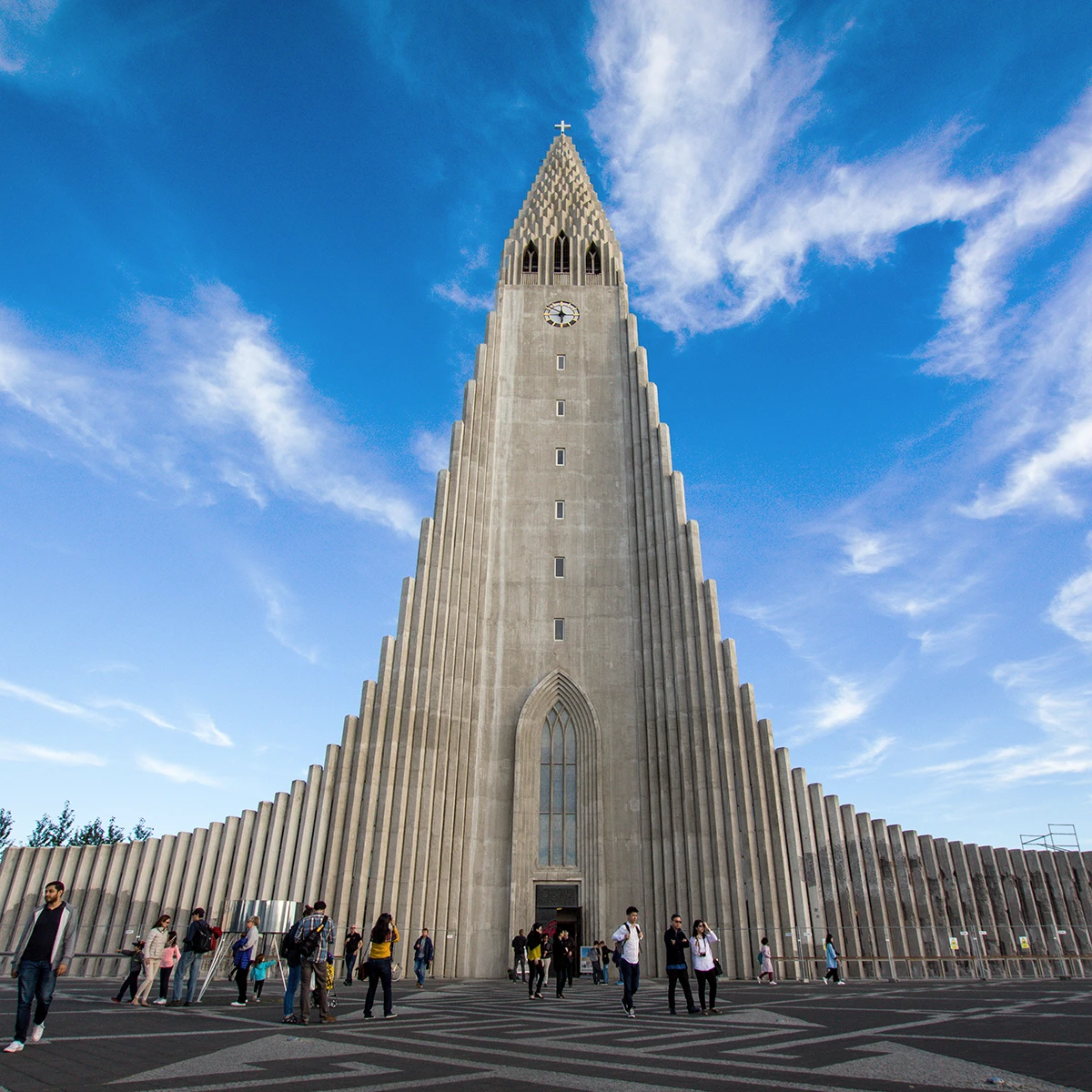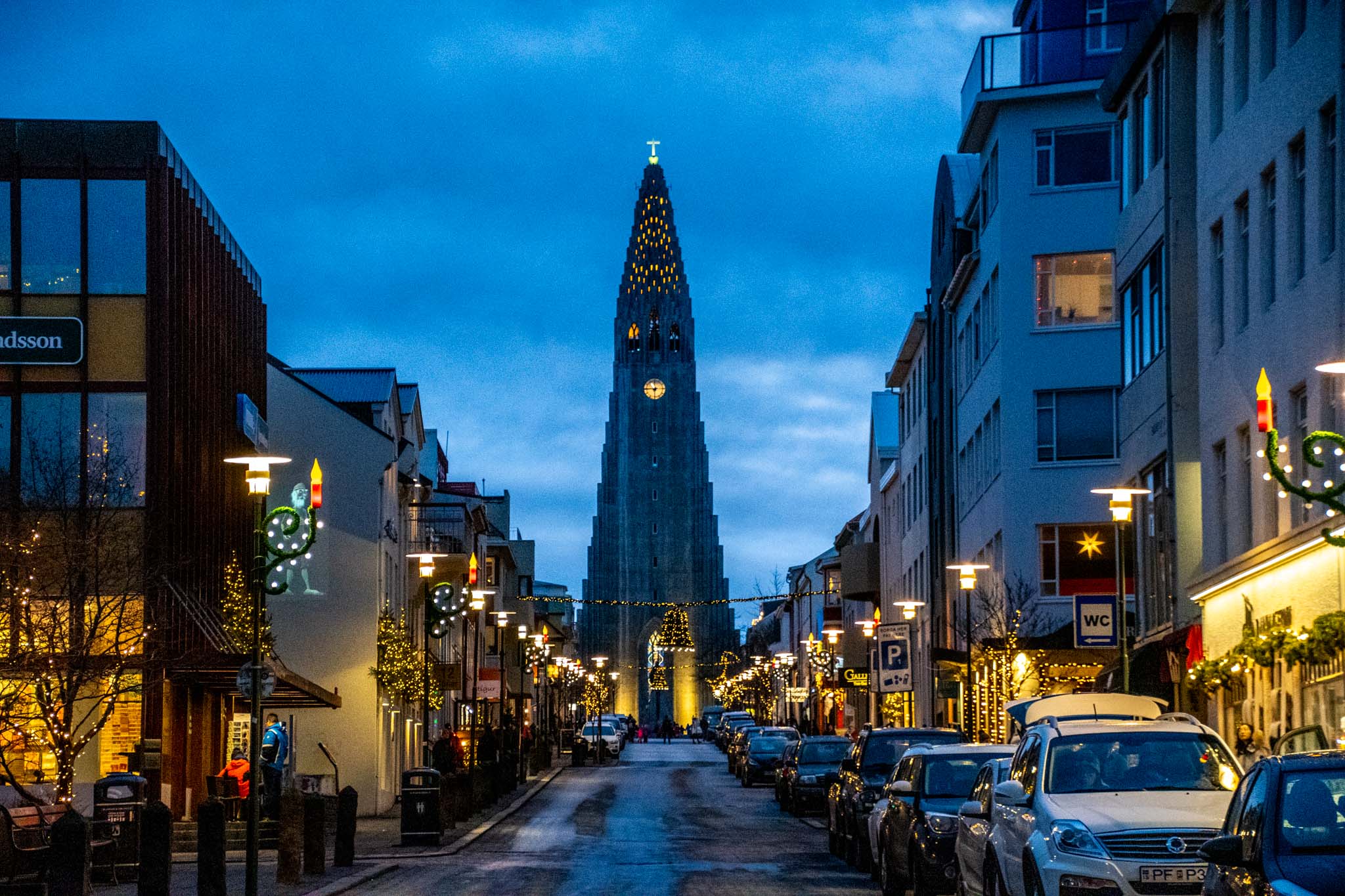
Reykjavik, meaning "Smoky Bay" in Icelandic, is more than just a capital city; it’s a cultural hub, a gateway to breathtaking natural wonders, and a testament to the resilience of the Icelandic people. From its Viking beginnings to its modern-day status as a beacon of design and sustainability, Reykjavik offers a unique blend of history, adventure, and captivating charm. This guide will take you on a journey through the best that Reykjavik has to offer, ensuring an unforgettable experience in this remarkable city.
A History Etched in Ice and Fire:
Reykjavik’s story begins in the late 9th century when Ingólfur Arnarson, the first Norse settler of Iceland, established his farm on the peninsula. The name "Reykjavik" stems from the geothermal activity in the area, with steam rising from hot springs. While initially a small farming settlement, Reykjavik gradually grew in importance as a trading center.
Related Articles about Reykjavik: A Guide to Iceland’s Vibrant Capital:
- A Tapestry of Wonders: Unveiling the Best Tourist Attractions in the USA
- The United Arab Emirates: A Tapestry of Tradition and Tomorrow
- Unveiling Berlin: A Journey Through History, Art, and Urban Vibrancy
- Santorini’s Crown Jewels: A Journey Through Its Top Hotels and Timeless Allure
- Unveiling Paradise: A Comprehensive Guide to the Best of Bali
However, for centuries, Reykjavik remained relatively small, overshadowed by other trading posts around Iceland. It wasn’t until the 18th century, with the establishment of wool workshops and other industries, that Reykjavik truly began to flourish. In 1786, it was officially granted town charter, marking a pivotal moment in its development.
The 19th and 20th centuries witnessed significant political and social changes. Reykjavik became the center of Iceland’s independence movement, culminating in the country achieving full sovereignty in 1918 and becoming a republic in 1944. This period also saw rapid modernization, with the city embracing new technologies and expanding its infrastructure.
Today, Reykjavik stands as a modern, vibrant capital, deeply rooted in its history and culture. The city’s architecture, museums, and art scene all reflect this unique blend of tradition and innovation.
Must-See Attractions: A Tapestry of Culture and Nature:
Reykjavik boasts a wealth of attractions, catering to diverse interests. Here are some of the must-see destinations:
-
Hallgrímskirkja Church: This iconic landmark dominates the Reykjavik skyline. Inspired by Iceland’s dramatic landscape, particularly the basalt columns of Svartifoss waterfall, Hallgrímskirkja offers panoramic views of the city from its towering spire. Take the elevator to the top for a truly breathtaking perspective.
-
Harpa Concert Hall: A masterpiece of modern architecture, Harpa is a shimmering glass structure that reflects the harbor and the surrounding mountains. Catch a concert, attend a conference, or simply admire the building’s stunning design. Guided tours are available to learn more about its construction and artistic significance.
-
Sun Voyager (Sólfar): This striking sculpture, resembling a Viking longship, sits on the waterfront, offering stunning views of the bay and Mount Esja. It’s a popular spot for photographers, especially during sunrise and sunset. The Sun Voyager is an ode to the sun and symbolizes hope, progress, and freedom.
-
National Museum of Iceland: Delve into Iceland’s rich history and cultural heritage at the National Museum. Explore exhibits showcasing artifacts from the Viking Age, medieval times, and beyond. Learn about Icelandic traditions, folklore, and the struggles for independence.
-
Saga Museum: Immerse yourself in the world of the Icelandic sagas at the Saga Museum. Life-like wax figures depict key events and characters from these legendary tales, bringing history to life. An audio guide provides insightful commentary and historical context.
-
Reykjavik City Hall: Located on the shore of the Tjörnin pond, the City Hall is a modern building that houses the city’s administrative offices. Inside, you can find a large 3D map of Iceland, providing a comprehensive overview of the country’s geography.
-
Tjörnin Pond: This picturesque pond is a haven for birdlife, attracting ducks, swans, and geese. Take a stroll around the pond, admire the colorful buildings that line its shores, and enjoy the peaceful atmosphere. In winter, the pond often freezes over, creating a popular ice-skating rink.
-
Árbæjarsafn Open Air Museum: Step back in time at Árbæjarsafn, an open-air museum that recreates a traditional Icelandic village. Explore historic houses, workshops, and churches, and learn about the daily lives of Icelanders in the past.
-
Perlan: Perlan offers a captivating experience. Visit the ice cave and marvel at a real glacier, enjoy panoramic city views, and learn about Iceland’s natural wonders.
Travel Tips for a Smooth Reykjavik Adventure:
- Currency: The Icelandic króna (ISK) is the local currency. Credit and debit cards are widely accepted, but it’s always a good idea to have some cash on hand.
- Language: Icelandic is the official language, but English is widely spoken, especially in tourist areas.
- Weather: Iceland’s weather can be unpredictable. Pack layers of clothing to adapt to changing conditions. Even in summer, be prepared for rain and wind.
- Northern Lights: If you’re visiting during the winter months (September to April), keep an eye out for the Northern Lights. The best viewing conditions are on clear, dark nights away from city lights.
- Golden Circle Tour: A must-do day trip from Reykjavik, the Golden Circle encompasses three iconic attractions: Þingvellir National Park, Geysir geothermal area, and Gullfoss waterfall.
- Blue Lagoon: Indulge in a relaxing soak in the Blue Lagoon, a geothermal spa renowned for its mineral-rich waters. Book your tickets in advance, as it’s a popular destination.
- Respect Nature: Iceland’s natural environment is fragile. Stay on marked trails, avoid littering, and be mindful of the delicate ecosystem.
Best Time to Visit: Finding Your Ideal Season:
The best time to visit Reykjavik depends on your priorities:
- Summer (June-August): Offers the warmest temperatures, long daylight hours (almost 24 hours of daylight in June), and access to hiking trails and other outdoor activities. This is peak season, so expect higher prices and more crowds.
- Shoulder Seasons (April-May & September-October): Provide a balance between good weather, fewer crowds, and reasonable prices. You might even catch a glimpse of the Northern Lights in September and October.
- Winter (November-March): Offers the best chance of seeing the Northern Lights, as well as opportunities for winter activities like ice caving and glacier hiking. Be prepared for cold temperatures, short daylight hours, and potential road closures due to snow and ice.
Nearby Hotels: From Boutique Chic to Cozy Comfort:
Reykjavik offers a wide range of accommodation options to suit all budgets and preferences:
- Luxury: The Reykjavik EDITION, Hotel Borg by Keahotels, Canopy by Hilton Reykjavik City Centre.
- Mid-Range: CenterHotel Thingholt, Kvosin Downtown Hotel, Hotel Odinsve.
- Budget-Friendly: Bus Hostel Reykjavik, Kex Hostel, Galaxy Pod Hostel.
Local Food: A Culinary Journey:
Icelandic cuisine is a unique blend of traditional ingredients and modern culinary techniques. Don’t miss these local specialties:
- Skyr: A thick, creamy yogurt-like dairy product, often served with berries and granola.
- Plokkfiskur: A hearty fish stew made with potatoes, onions, and butter.
- Lamb Soup (Kjötsúpa): A traditional Icelandic soup made with lamb, vegetables, and herbs.
- Hot Dogs (Pylsur): A Reykjavik staple, often served with crispy fried onions, sweet mustard, and ketchup.
- Rúgbrauð: A dark, dense rye bread, traditionally baked in geothermal ovens.
- Seafood: Fresh seafood is abundant in Iceland. Try the Arctic char, cod, or haddock.
For the brave (or adventurous):
- Hákarl: Fermented shark, a traditional Icelandic delicacy with a strong ammonia-rich smell and distinctive taste.
- Svið: A sheep’s head, often boiled or singed.
Transportation Options: Getting Around Reykjavik and Beyond:
- Walking: Reykjavik is a very walkable city. Many of the main attractions are located within a short distance of each other.
- Bus: The Strætó bus system is a reliable and affordable way to get around Reykjavik and the surrounding areas.
- Taxi: Taxis are readily available, but they can be expensive.
- Car Rental: Renting a car is a good option if you plan to explore Iceland beyond Reykjavik, but be prepared for challenging driving conditions in winter.
- Tours: Numerous tour companies offer day trips and multi-day tours to various destinations in Iceland.
Reykjavik is a city that captivates with its unique blend of history, culture, and natural beauty. Whether you’re exploring its museums, hiking through its landscapes, or simply enjoying its vibrant atmosphere, Reykjavik offers an unforgettable experience. By following this guide, you can make the most of your visit and create lasting memories in this remarkable corner of the world.








